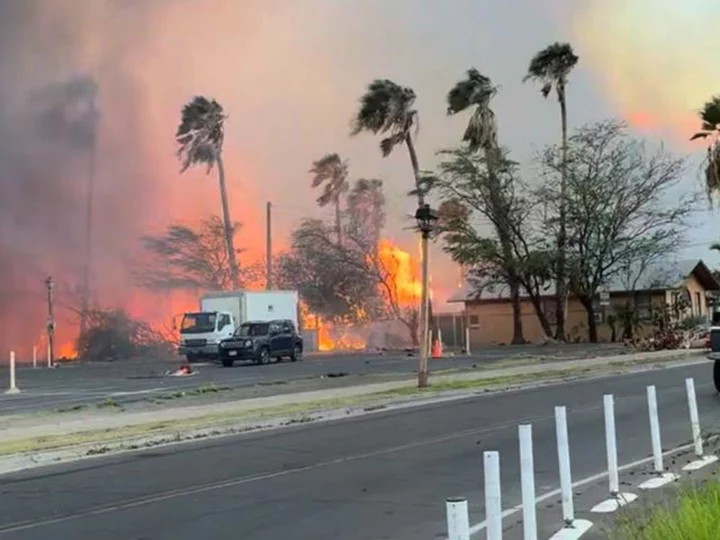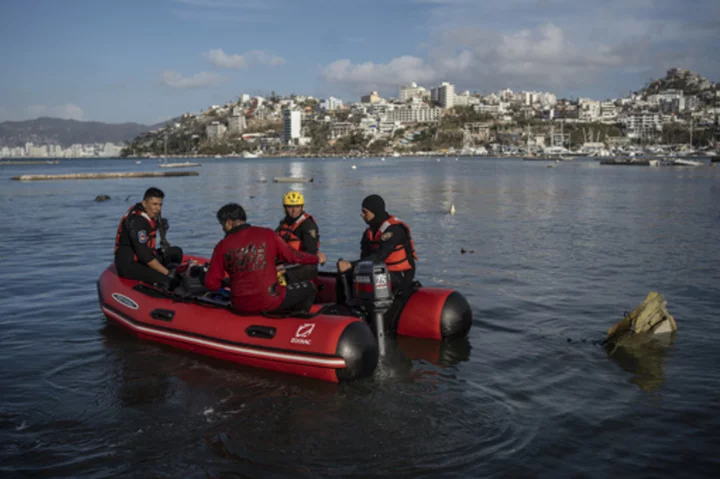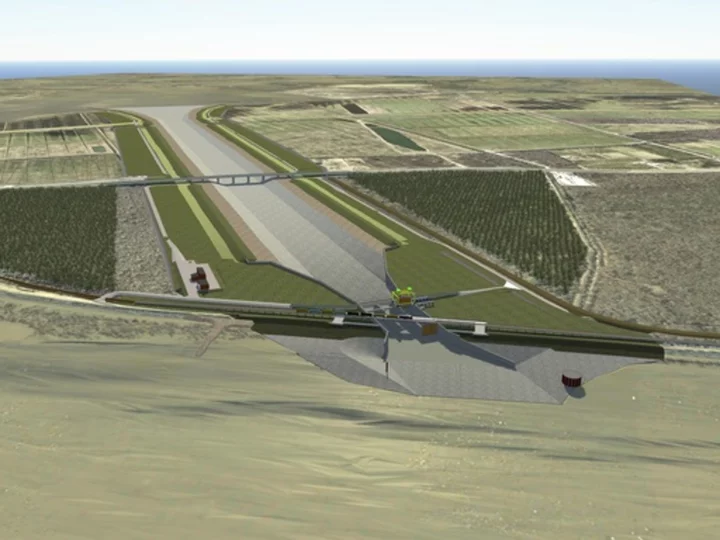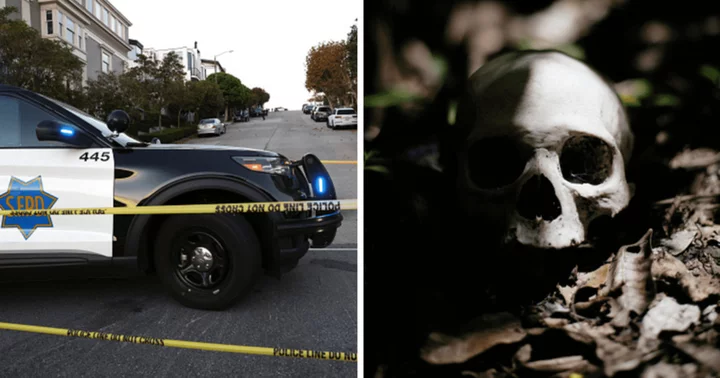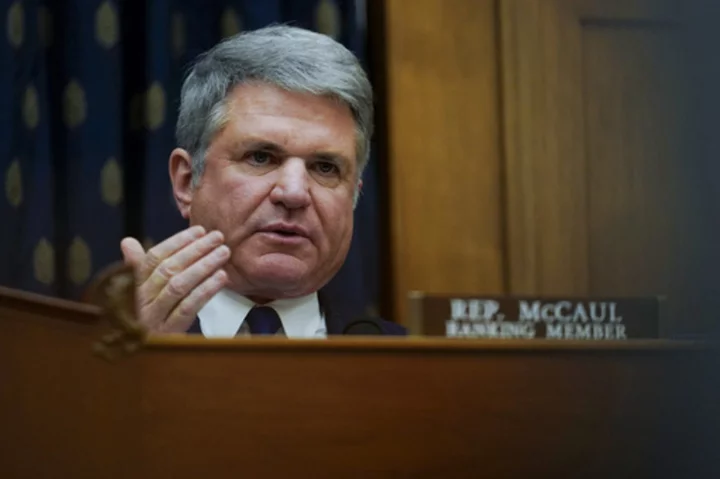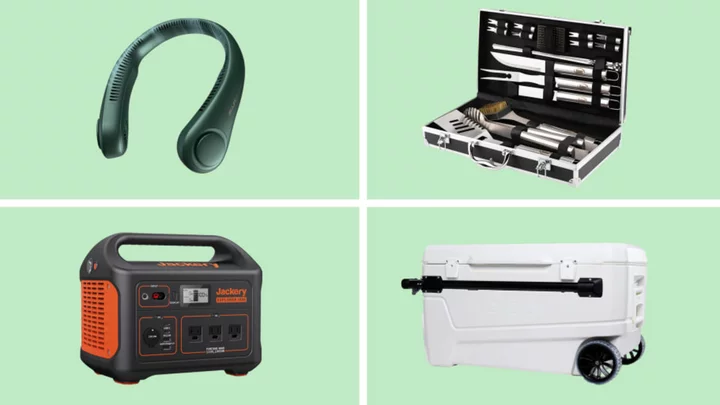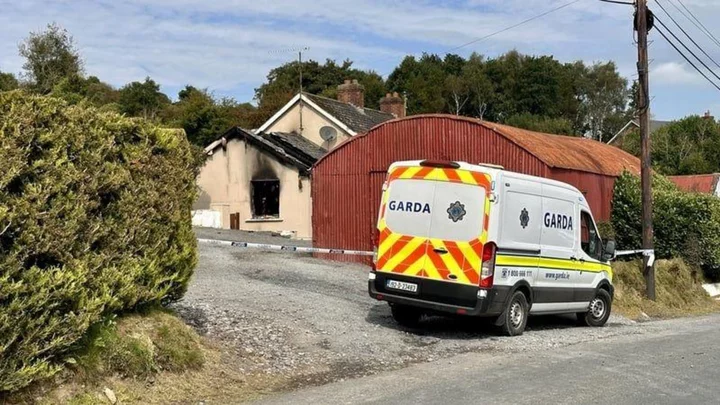The wildfires in Maui spread swiftly and turned deadly, stunning local officials who were quickly overwhelmed.
"It's very strange to hear about severe wildfires in Hawaii -- a wet, tropical island -- but strange events are becoming more common with climate change," Jennifer Marlon, a research scientist and lecturer at the Yale School of the Environment, told CNN.
Fueled by a combination of strong winds and dry conditions -- and complicated by the island's geography -- the fires have killed at least 36 people.
"For those of us who've been working on this problem, it just makes us feel sick," said Clay Trauernicht, an assistant specialist who studies tropical fire at the University of Hawaii at Manoa.
These are some factors making it difficult to combat the fires that have plunged a state known for its stunning natural beauty into an unprecedented crisis:
Drought contributes to fire spread
Drought worsened in Hawaii over the past week, leading to fire spread, according to the US Drought Monitor released Thursday. Severe level drought conditions in Maui County ticked up to 16% from 5% last week, while statewide moderate drought levels jumped to 14% from 6%.
Dried-out land and vegetation can provide fuel for wildfires, which then can swiftly turn deadly if strong winds help fan the flames toward communities.
While scientists try to fully understand how the climate crisis will affect Hawaii, they have said drought will get worse as global temperatures rise: Warmer temperatures increase the amount of water the atmosphere can absorb -- which then dries out the landscape.
Drought conditions are becoming more extreme and common in Hawaii and other Pacific Islands, according to the Fourth US National Climate Assessment, released in 2018. Rainfall has generally been decreasing in Hawaii over time, with the number of consecutive dry days increasing, scientists noted in the report.
And the climate crisis has caused droughts that previously may have occurred only once every decade to now happen 70% more frequently, global scientists reported in 2021.
"Combining abundant fuels with heat, drought, and strong wind gusts is a perfect recipe for out-of-control fires," Marlon said by email.
"But this is what climate change is doing -- it's super-charging extreme weather. This is yet another example of what human-caused climate change increasingly looks like."
Hurricane-related winds fuel fire weather conditions
Hurricane Dora, a fast-moving and powerful Category 4 hurricane with sustained winds of 140 mph, isn't helping matters.
As the storm roars south of Hawaii, a strong high-pressure system has stayed in place to the north, with the two forces combining to produce "very strong and damaging winds," according to the National Weather Service.
"These strong winds coupled with low humidity levels are producing dangerous fire weather conditions" through Wednesday afternoon, the weather service said.
The high winds, ongoing drought conditions and dry relative humidity are "ingredients to spark those fires and to fan the flames," CNN meteorologist Derek Van Dam said.
"The problem is that this wind -- similar to, let's say, Santa Ana winds in Southern California -- is that it dries out and it warms up as it (travels down) the mountains, and it creates these very dry, timber-like conditions," he said.
Hurricane Lane in 2018 was also associated with large fires on Maui and Oahu, noted Abby Frazier, a climatologist and geographer at Clark University in Massachusetts.
"Wildfire is a bigger issue in Hawaii than many people may realize," Frazier said via email from Hawaii, where she has been working on a research project in Oahu.
"During the wet season, fuels are built up and then dry out over the dry season," she added. "When you combine these dry fuels with the high winds and low humidity we have right now from Hurricane Dora, we have extremely dangerous fire weather."
Another compounding factor is El Niño, Frazier said. The climate pattern originates in the Pacific Ocean along the equator and impacts weather all over the world.
"This means higher than usual hurricane activity in the central Pacific this summer," she wrote.
"While we tend to see wetter conditions during El Nino summers (which builds up fire fuels), Hawaii should expect drought conditions likely this winter, which will dry out the fuels and usually leads to an earlier start to our fire season for next year."
How the land is used has changed
Nonnative species now cover nearly a quarter of Hawaii's total land area, and invasive grasses and shrubs become highly flammable in the dry season, Trauernicht said.
Hawaii also has lost large plantations and ranches, with fire-prone grasses overtaking fallow lands, he said.
"When plantations were active, firefighters would show up on scene ... people would be there opening the gates, all the roads were maintained, there was water infrastructure and equipment. And they would have support from the people working on these plantations," Trauernicht said.
"As that has changed, and land use has changed. It's all on the firefighters right now."
Hawaii also has suffered from dramatic shifts in rainfall patterns.
The area burned each year in Hawaii is now about 1% of the state's total land area -- comparable to and often exceeding the 12 Western states on the mainland where fires are most common, according to Trauernicht and the Pacific Fire Exchange.
Geography and limited resources stymie firefighting
The geography of Hawaii -- an island chain in the Pacific -- and limited firefighting resources also complicate efforts.
Personnel at the state Division of Forestry and Wildlife are primarily natural resource managers, foresters, biologists and technicians -- not full-time wildland firefighters, according to the agency website.
"West Maui is kind of (a) perfect example -- one highway through the whole place," Trauernicht told CNN. "Our resources are limited to what's on island. The resources ... are going to be spread thin."
Fewer than 300 firefighting personnel responded to the state's second-largest fire, on the Big Island in 2021, Trauernicht said.
"If you compare that to the mainland, there would have been probably a couple of thousand firefighters," he said.
"That gives you a sense of the kind of ... limitations that we have here. This fire right now, I guarantee it, anyone who's available to respond is responding. We don't really have the ability to definitely bring in resources from other states. That's not happening."
Meanwhile, longer-term planning and prevention efforts are needed to fight the growth of invasive grasses and shrubs, Trauernicht said.
"This is something that we've been saying for decades," he said. "We can create landscapes that are far less likely to burn, far less sensitive to these fluctuations in climate or in weather that create such dangerous conditions.
"We sort of owe it to these guys that are fighting this thing right now."

